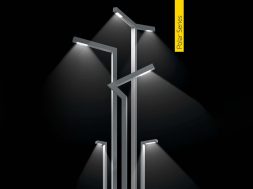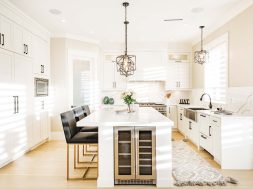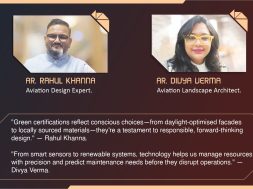Fusing aesthetics with innovative design practices
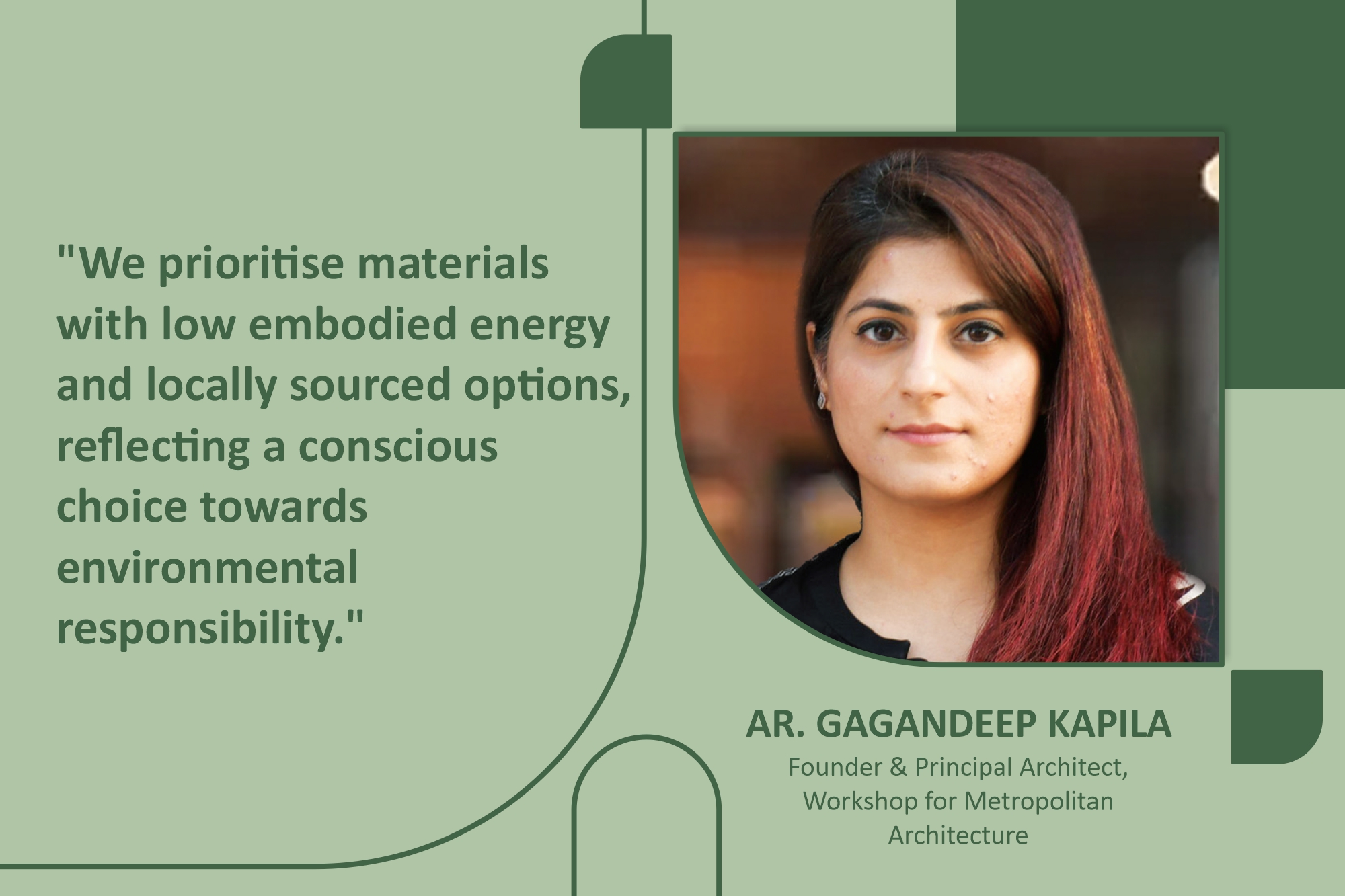
This interaction focuses on achieving aesthetic appeal, giving preference for locally sourced and low-embodied energy materials for architectural innovation.
How do you incorporate passive design strategies, such as orientation and shading, to optimise energy efficiency in your building projects?
Passive design principles play a pivotal role in all our projects. Thorough considerations are given to the orientation of buildings, ensuring that windows, overhangs, and louvres are strategically positioned to harness natural light while mitigating heat gain. The incorporation of green facades can be widely witnessed in almost all our works. Green facades serve a dual purpose, enhancing aesthetics and contributing to effective temperature regulation. This holistic integration of sustainability elevates the energy efficiency of the built structure and aids in creating spaces that harmonise with their environmental context.
How do you address the balance between energy efficiency and aesthetic considerations in your architectural designs?
The quest for equilibrium between energy efficiency and aesthetics guides our material selection. Emphasis is placed on sustainable choices, exemplified by integrating high-performance glazing and rooftop greenery. The deliberate manipulation of forms and landscaping goes beyond mere visual appeal; it becomes an intrinsic part of our strategy to seamlessly merge environmental responsibility with architectural creativity.
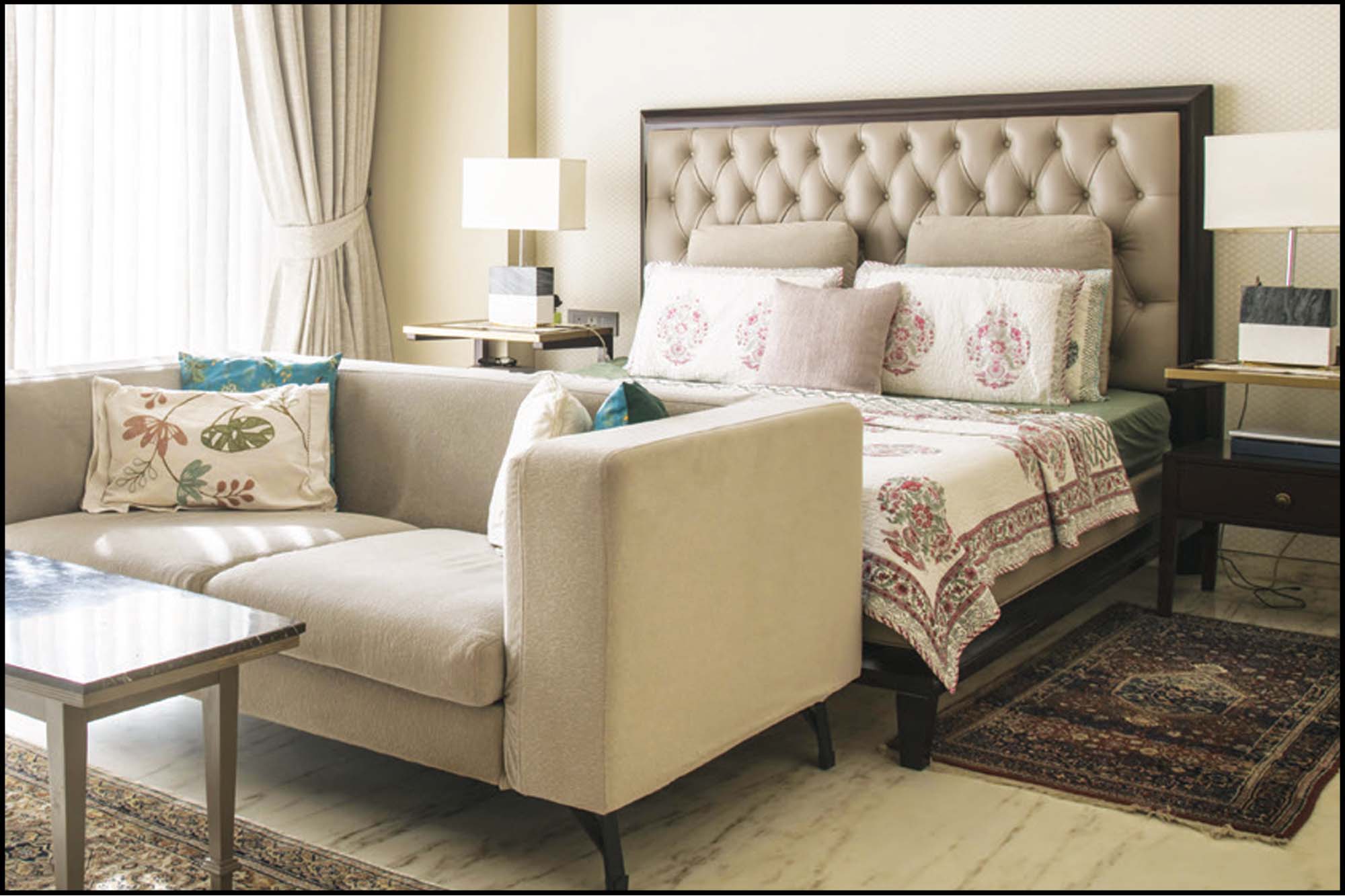
Can you describe your approach to optimising natural lighting in buildings to minimise the need for artificial lighting and enhance energy efficiency?
Natural lighting takes precedence in our designs, shaping the very essence of our architectural concepts. The careful placement of windows, thoughtful layout planning with open plan layouts, and the incorporation of skylights are all geared towards increasing the penetration of natural light into every nook and cranny. Light-coloured and reflective surfaces are chosen deliberately to amplify the impact, ensuring that artificial lighting is minimised and, therefore, maximising the energy efficiency of buildings.
How do you approach selecting energy-efficient materials and technologies in your projects, considering both environmental impact and long-term energy savings?
Our approach to selecting materials and technologies revolves around environmental consciousness and long-term energy efficiency. We prioritise materials with low embodied energy and locally sourced options, reflecting a conscious choice towards environmental responsibility. Integrating innovative features like perforated metal facades and thermally insulated glazing enhances the aesthetic appeal of our designs while significantly contributing to energy efficiency. Simultaneously, our strategy includes infusing smart controls and implementing energy-efficient HVAC systems, ensuring a harmonious blend of comfort and reduced environmental impact. Moreover, renewable sources like solar power represent a pivotal step towards creating a comprehensive and sustainable built environment.
What design strategies and technologies do you prioritise in net zero projects to achieve energy neutrality and reduce environmental impact?
Integrating innovative design strategies and cutting-edge technologies underscores our emphasis on achieving energy neutrality and minimising environmental impact. Insulated materials can be implemented on facades, while energy-efficient lighting solutions and robust monitoring systems optimise energy consumption. The strategic use of renewable resources, especially solar power, plays a central role in our approach, aligning with our commitment to creating sustainable built environments. Additionally, we focus on a holistic design philosophy that meets the highest energy efficiency standards and harmonises with the natural surroundings, ensuring a comprehensive and environmentally responsible architectural solution.
For more details visit: https://www.instagram.com/wma.in/
Cookie Consent
We use cookies to personalize your experience. By continuing to visit this website you agree to our Terms & Conditions, Privacy Policy and Cookie Policy.



